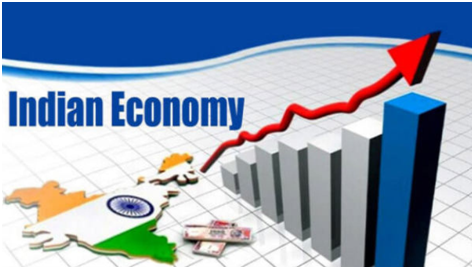
These
states have set targets to achieve a $1 trillion economy much ahead.
The Maharashtra government has set a target to reach $1 trillion by FY28. To
achieve this, Maharashtra’s nominal GSDP (in USD terms) will have to grow at a
staggering CAGR of 18.0% during FY24-FY28. Similarly, Gujarat and Karnataka are
aiming to reach the $1 trillion mark by FY31 and FY33, respectively. This would
require their nominal GSDP (in USD terms) to grow at a CAGR of 17.4% and 13.5%,
respectively, from FY24.
Tamil
Nadu aims to attain the $1 trillion mark by FY31, for which its nominal GSDP
(in USD terms) has to grow at a CAGR of 16.6% from FY24.
Ind-Ra’s
estimates show that India would have eight sub-national economies which would
hit the $1 trillion mark by FY47.
Ind-Ra analysis shows that in FY23 the top five state
economies remained the same as FY14, only their ranks changed. Karnataka
displaced UP to become the third-largest state economy of India in FY23.
Maharashtra, Tamil Nadu and Gujarat were the other states in the top five in
FY23.
West Bengal, Rajasthan and Andhra Pradesh retained
their positions in terms of sixth, seventh and ninth largest economies,
respectively, in FY23 in relation to FY14. Kerala which used to be in the top
10 in FY14 was replaced by Telangana and Madhya Pradesh entering FY23 as the
eighth- and 10-largest state economies, respectively.
The other notable change was Odisha emerging as the
13th-largest state economy in FY23, ahead of Punjab and Bihar.
As per the World Bank’s income classification level
for FY23, Goa and Sikkim were the only states in the upper middle-income
category (per capita income of $4,256-13,205). UP and Bihar were in the
low-income group category (per capita income less than $1,085) with the
rest of the states being in the lower middle-income category (per capita income
between $1,086-4,255) in FY23.
Hard
work pays off.